TTC Video The History of the Bible: The Making of the New Testament
4.6 GB
VIDEOS + AUDIOBOOK + PDF GUIDEBOOK
The New Testament stands unchallenged, in the words of Professor Bart D. Ehrman, not only as the “‘bestseller’ of all time,” but also as the most important “book—or collection of books—in the history of Western civilization.”
Yet how many of us, Christian or otherwise, are as knowledgeable about the New Testament as we would like to be? Even many who consider themselves Christian find themselves asking some—perhaps even all—of the questions so often posed by those who are not.
What different kinds of books are in the New Testament? When, how, and why were they written? What do they teach? Who actually wrote them? How were they passed forward through history? And, perhaps most important of all, why and how did some books, and not others, come to be collected into what Christians came to consider the canon of scripture that would define their belief for all time?
In The History of the Bible: The Making of the New Testament Canon, Professor Ehrman offers a fast-moving yet thorough introduction to these and other key issues in the development of Christianity.
Drawing on the award-winning teaching skills and style that have made him one of our most popular lecturers—respectful yet provocative, scholarly without sacrificing wit—Professor Ehrman has crafted a course designed to deepen the understanding of both Christians and non-Christians alike.
“The New Testament is appreciated and respected far more than it is known, and that’s not just true among religious people who consider themselves Christian. …
“This set of lectures is designed to provide an introduction to the New Testament for people who recognize or appreciate its cultural importance, or who have religious commitments to it, but who have not yet had a chance to get to know where it came from, what it contains, and how it was transmitted down to us today.
“The focus in this course will be historical, rather than theological. The course does not either presuppose faith or deny faith. It’s based neither on faith nor skepticism. … It’s simply taught from the perspective of history.”
Learn How the Christian Canon Was Shaped and Shared
And it’s an illuminating perspective, indeed, ranging across issues of language, oral history, the physical limitations of spreading the written word at a time when the printing press lay far in the future, and, of course, the theological forces that were shaping Christianity, molding a commonly accepted canon from the various expressions of the faith spreading across the ancient world.
All of these factors eventually produced a canon: the New Testament, whose 27 books can be grouped into four genres:
- The four Gospels, the accounts of the life, ministry, death, and resurrection of Jesus that we know as Matthew, Mark, Luke, and John, though all four were written anonymously, with authorship being attributed only by later Christians
- The book of Acts, which is a historical account of the life of the Christian Church and its missionary efforts after Jesus’ resurrection
- The 21 Epistles, the letters written by Christian leaders—most notably, Paul—to Christian communities dealing with problems of faith and living
- The book of Revelation, sometimes called the Apocalypse of John, which describes the end of the world, when God will destroy the forces of evil and establish a perfect utopia on Earth.
In exploring the forces that finally produced this finished canon, Professor Ehrman deals with far more than theology.
Letters, especially those written by Paul, played an important role in the process.
Although many of us associate letters with the modern world, Professor Ehrman explains that they were a common form of communication in the ancient world as well. In addition to being written on papyrus, they were also often cut into the surface of a wax tablet formed in a hollowed-out board. The recipients could then smooth over the wax and reuse it for a reply, sending it, in that era before postal service, just as the original had been sent, by giving it to someone they knew who’d be traveling to the appropriate community.
Because most people in the ancient world could not read or write, letters had to be dictated and recorded by someone who could, a process reversed at the other end, where someone would be found to read the letter to the recipient.
Letters were usually destroyed after being read so the media it was on could be used again, but if there was reason to keep them—as was the case with Paul’s letters, which were meant to be read aloud to his communities—the letters would be copied by hand, circulated, and read aloud to small church gatherings.
The Role of Forgery in the Ancient World
The issue of pseudepigraphy, where works are not actually written by the person whose name has been signed to them—what we might call forgery—plays a large role in the development of the New Testament.
Professor Ehrman notes that there are reasons to believe that six of the Pauline letters of the New Testament are, in fact, pseudepigraphical. And the phenomenon was hardly unique to those writings. In fact, such forgery was common in the ancient world.
To illustrate how widespread the practice was in the Greco-Roman world, he relates a telling example about Galen, the Roman physician and prolific writer whose philosophies dominated medical practice for more than 1,000 years.
One day, Galen writes, he overheard an argument at a Roman book mart between two men, debating whether a particular book attributed to Galen was indeed one of the many he had written. It wasn’t, and the experience proved so typical that he returned home and began work on still another volume: How to Recognize Books That are Written by Galen.
In discussing why ancient Christian authors, although deeply religious and moral, might engage in similar deceptions, Professor Ehrman draws on the many reasons ancient writers engaged in the practice, which might include motivations that while deceptive, might be, in the writer’s mind, as “pure as the driven snow.”
One 4th-century Christian author, for example, puzzled as to why Seneca, the most famous philosopher of his time, never mentions Jesus, Paul, Peter, or anything about Christianity anywhere in his works, actually forged a series of letters between Seneca and Paul, to show that Paul was working at the highest levels of philosophy the ancient world had to offer.
A Revealing Look at the Book of Revelation
One of Professor Ehrman’s strengths is his ability to recreate the context of the times in which the canon was being assembled so that a student can understand what the message of each written work would have meant to ancient Christians.
Though the book of Revelation, for example, has often been used as a blueprint of our present and a predictor of our future, he presents it, instead, as an example of the ancient genre known as apocalypticism, and he shows how people of the time would have understood its symbolic descriptions in terms of events transpiring in their own day.
These lectures are a compelling introduction not only to the development of the canon, but to all of the forces that would play a role in early Christian history.
A Note to Our Customers
Professor Ehrman’s courses for The Teaching Company have been enormously popular and include After the New Testament: The Writings of the Apostolic Fathers; From Jesus to Constantine; The History of Early Christianity; The Historical Jesus; Lost Christianities: Christian Scriptures and the Battles over Authentication; and The New Testament.
We asked Professor Ehrman to create this shorter course to help introduce his fascinating explorations of early Christianity to customers who have not yet enjoyed his work, and we believe it will be just as useful and enjoyable to existing students as new ones. Nevertheless, if you have purchased all or some of his existing courses, you should expect some duplication of material.
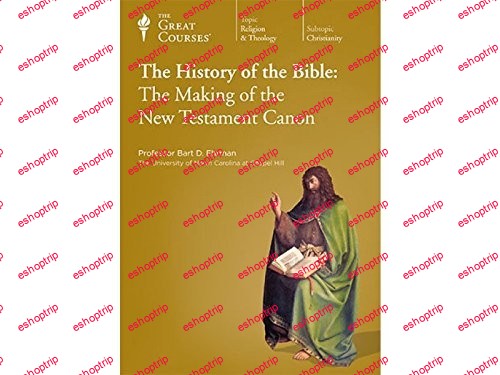

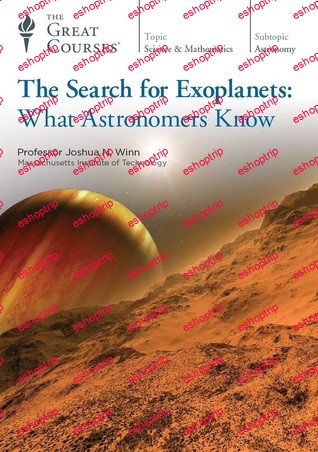



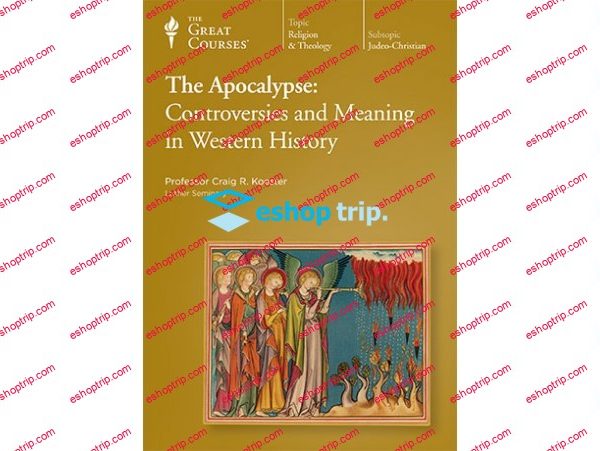
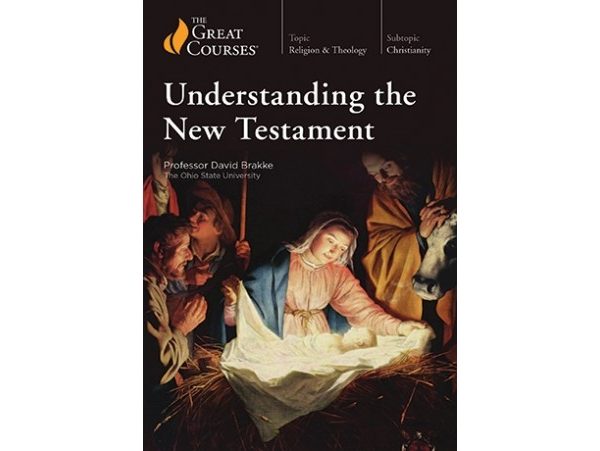

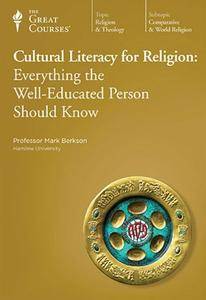

Reviews
There are no reviews yet.